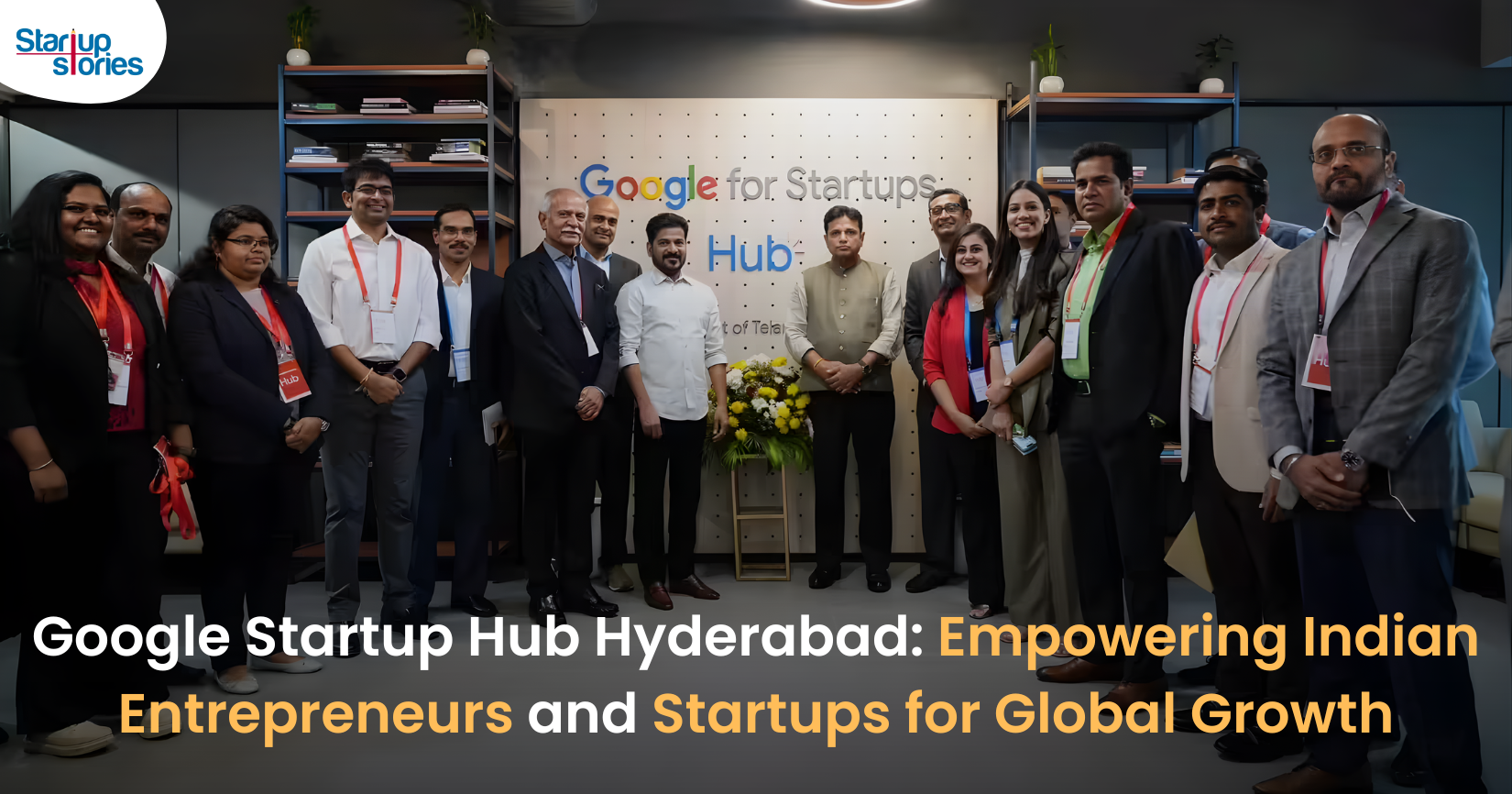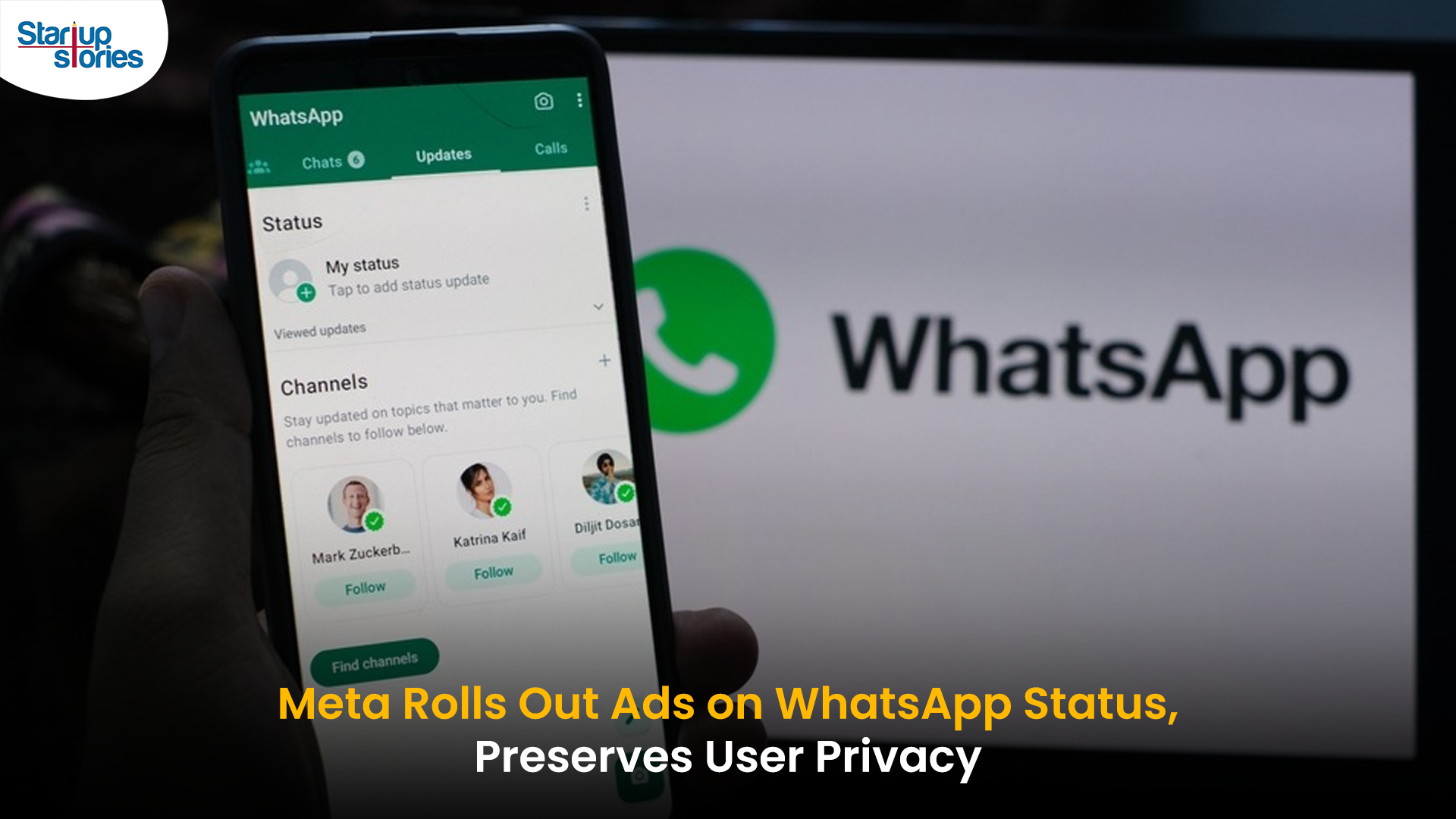Technology
Aerospace Giant Boeing Invests In Tech Startup Which Develops Hybrid Electric Aircraft

A mechanical engineer from IIT Delhi is all ready to develop hybrid electric aircraft in the U.S. His startup company Zunum Aero has already received investments from aerospace giant Boeing and the airline JetBlue.
Ashish Kumar, a former student of IIT Delhi and founder of Washington-based startup Zunum Aero is developing regional hybrid electric aircraft. He expressed his happiness after Boeing and JetBlue made a decision to back his company.
He said: “I consider (myself) very fortunate to have backers like JetBlue and Boeing. It has been a year that we are engaged with both the companies and we all are passionate to reinvent regional air travel.”
Kumar’s Zunum Aero will be using all its funding to further develop its regional aircraft that will be carrying around 10 to 50 passengers for flights up to 1,000 miles. The proposed aircraft will operate on battery power with an aviation diesel extended power generator as back up.
The hybrid planes company Zunum claims that their aircraft will have 80% lower emissions. The low operating costs of these planes will allow airlines to offer low fares to its customers.
Ashish Kumar has held many leadership roles at places like Microsoft, Google, Dell and also McKinsey. He has a Ph.D. in Mechanical and Aerospace Engineering from Cornell University. He also worked as a professor of engineering at Brown University during the early days of his career.
News
Google Launches Startup Hub in Hyderabad to Boost India’s Innovation Ecosystem

Google has launched the Google Startup Hub Hyderabad, a major step in strengthening India’s dynamic startup ecosystem. This new initiative aims to empower entrepreneurs, innovators, and developers by giving them access to Google’s global expertise, mentoring programs, and advanced cloud technology. The hub reflects Google’s mission to fuel India’s digital transformation and promote innovation through the Google for Startups program.
Located in the heart of one of India’s top tech cities, the Google Startup Hub in Hyderabad will host mentorship sessions, training workshops, and networking events designed for early-stage startups. Founders will receive Google Cloud credits, expert guidance in AI, product development, and business scaling, and opportunities to collaborate with Google’s global mentors and investors. This ecosystem aims to help Indian startups grow faster and compete globally.
With Hyderabad already home to tech giants like Google, Microsoft, and Amazon, the launch of the Google Startup Hub Hyderabad further cements the city’s position as a leading innovation and technology hub in India. Backed by a strong talent pool and robust infrastructure, this hub is set to become a growth engine for next-generation startups, driving innovation from India to global markets.
Technology
Jio Unveils Cloud PC Service to Bring Affordable Computing to Indian Households

- Jio Platforms has launched JioPC, a cloud-based virtual desktop service that transforms any television connected to a Jio Set Top Box into a fully functional computer.
- Users simply connect a keyboard and mouse to access a desktop-like environment, complete with web browsing, productivity tools, and educational apps—all without needing a physical PC or extra hardware.
- The service is device-agnostic and works with all consumer PC brands, making advanced computing accessible and affordable for millions across India.
JioPC is designed to support a wide range of activities, from professional work to online learning and creative projects. By leveraging Jio’s robust cloud infrastructure, users can run even compute-intensive AI applications directly from their TV screens. The platform also ensures data security and reliability, as all files and settings are safely stored in the cloud, protecting users from data loss even if their device is reset or replaced.
With JioPC, Jio aims to democratize digital access and bring high-performance computing to Indian households at a fraction of the traditional cost. The service supports popular productivity suites like LibreOffice and Microsoft Office online, and Jio is offering a free trial to encourage users to experience the benefits firsthand. This innovative move is set to reshape how people in India work, learn, and connect in the digital age.
Technology
WhatsApp Introduces Ads in Updates Tab, Keeps Chats Ad-Free

Meta has officially begun rolling out ads on WhatsApp, ending over a decade of an ad-free experience since its acquisition in 2014. The advertisements will appear only in the Updates tab, specifically within the Status feature, which lets users share photos, videos, and text updates that disappear after 24 hours—similar to Instagram Stories.
Where Ads Will Appear
- Ads will be visible exclusively in the Status section of the Updates tab, keeping personal and group chats ad-free.
- Businesses can use these ads to encourage users to interact via WhatsApp messaging.
- Meta is also introducing paid channel subscriptions and promoted channels within the Updates tab, allowing users to access premium content and discover new channels more easily.
Privacy and Targeting
Meta has emphasized that private messages, calls, and group chats will remain end-to-end encrypted and free from advertising. Ads will be personalized using limited, non-sensitive data such as location, language, followed channels, and ad interactions. Users can further manage ad preferences if they link WhatsApp to Meta’s Accounts Center.
User and Business Impact
The move marks a major shift for WhatsApp, which has long resisted advertising to preserve a clean messaging experience. While some users have criticized the change, Meta sees this as a significant opportunity to monetize WhatsApp’s 3 billion users and over 200 million businesses on the platform.
In summary, WhatsApp’s new ads will be confined to the Updates tab, ensuring personal messaging remains private and uninterrupted, while opening new monetization avenues for Meta and businesses.













MM88
November 6, 2025 at 8:12 pm
Với giao diện mượt mà và ưu đãi hấp dẫn, MM88 là lựa chọn lý tưởng cho các tín đồ giải trí trực tuyến.
GO88
November 7, 2025 at 10:15 pm
Tham gia cộng đồng game thủ tại Go88 để trải nghiệm các trò chơi bài, poker phổ biến nhất hiện nay.
谷歌站群
November 9, 2025 at 7:40 am
专业构建与管理谷歌站群网络,助力品牌实现全域流量的强势增长。谷歌站群
站群程序
November 14, 2025 at 11:16 am
搭载智能站群程序,自动化搭建与管理,为SEO项目提供核心驱动力。站群程序
J88
November 14, 2025 at 11:17 pm
Đến với J88, bạn sẽ được trải nghiệm dịch vụ cá cược chuyên nghiệp cùng hàng ngàn sự kiện khuyến mãi độc quyền.
Kuwin
November 23, 2025 at 10:16 am
kuwin sở hữu kho game đa dạng từ slot đến trò chơi bài đổi thưởng, mang đến cho bạn những giây phút giải trí tuyệt vời.
Rooli Casino Deutschland Bonus
December 21, 2025 at 5:52 pm
Für die Platincasino Login reichen E-Mail-Adresse, Wohnsitzland und ein sicheres Passwort aus.
Sollte trotzdem ein Problem bestehen, steht Ihnen der Kundendienst von Platincasino DE jederzeit zur Verfügung.
Ich habe zwar noch nicht viel gewonnen, aber
die Atmosphäre ist einfach klasse! Besonders gefallen mir die regelmäßigen Bonusaktionen und die einfache
Auszahlung.
Außer bei einer klassischen Banküberweisung berechnet das Platincasino keine Gebühren – weder für Einzahlungen noch für Auszahlungen. Bei unseren drei Auszahlungsanfragen wurden die Kryptoauszahlungen innerhalb weniger Stunden freigegeben und unserem Krypto-Wallet gutgeschrieben.
Solltest du jedoch einen Jackpot gewinnen, wird dieser komplett ausgezahlt.
Nach Registrierung kann jeder unsere Spiele mit dem „Ausprobieren-Modus“
spielen. Im Playio Casino finden Sie eine breite Auswahl an Spielen, darunter
Slots, Tischspiele wie Blackjack und Roulette sowie ein umfangreiches Live-Casino mit echten Dealern. Ja, neue Spieler können sich über einen Willkommensbonus von bis zu 500 € und
200 Freispiele freuen. Auch konnte ich eine breite Auswahl der klassischen Tischspiele finden, mit dem
Unterschied, dass ich hier von einem echten Dealer bedient
wurde. Neben den Casino Slots gibt es aber auch eine breite Auswahl an Tischspielen. Auf der einen Seite finden neue
Kunden hier einen Willkommensbonus, auf der anderen Seite gibt es zahlreiche Casino Boni für Bestandskunden.
References:
https://online-spielhallen.de/bitkingz-casino-bonus-code-dein-schlussel-zu-extra-spielspas/